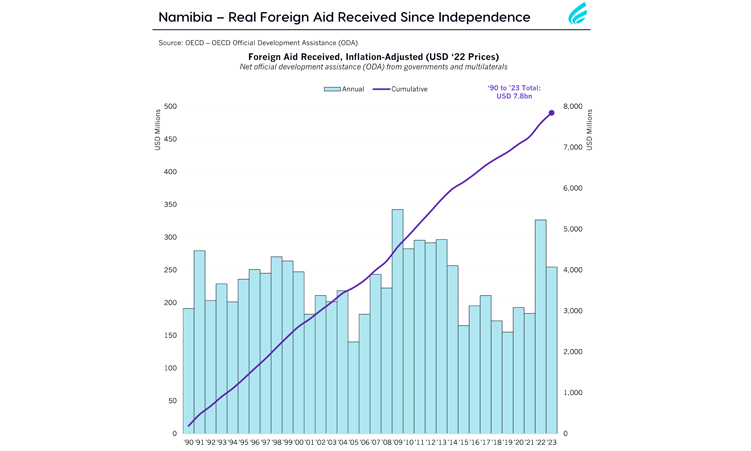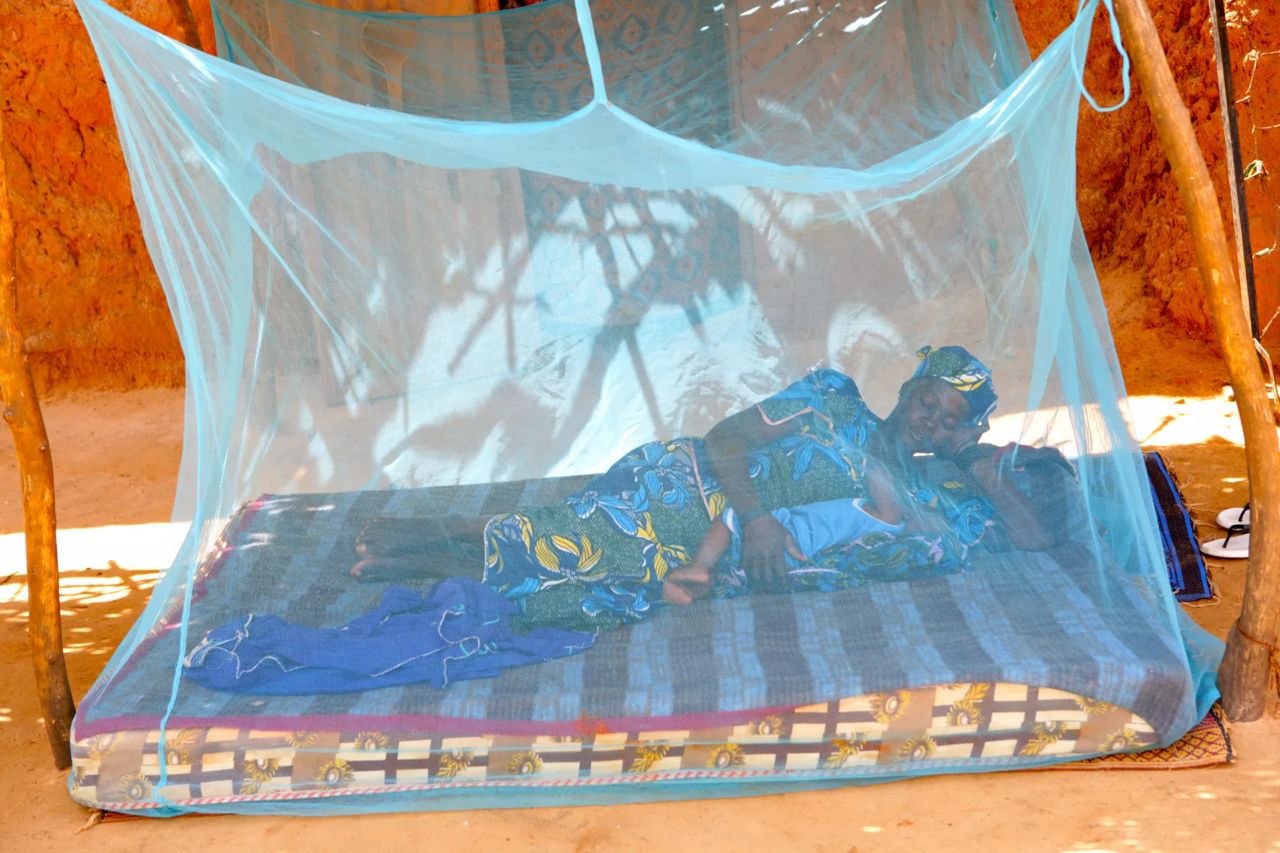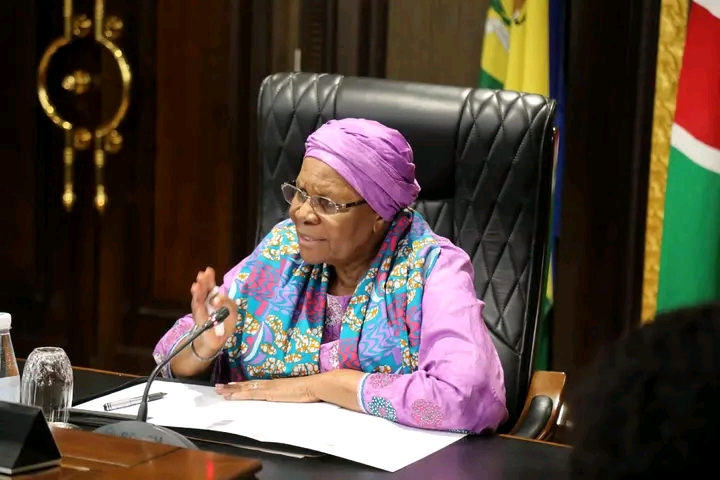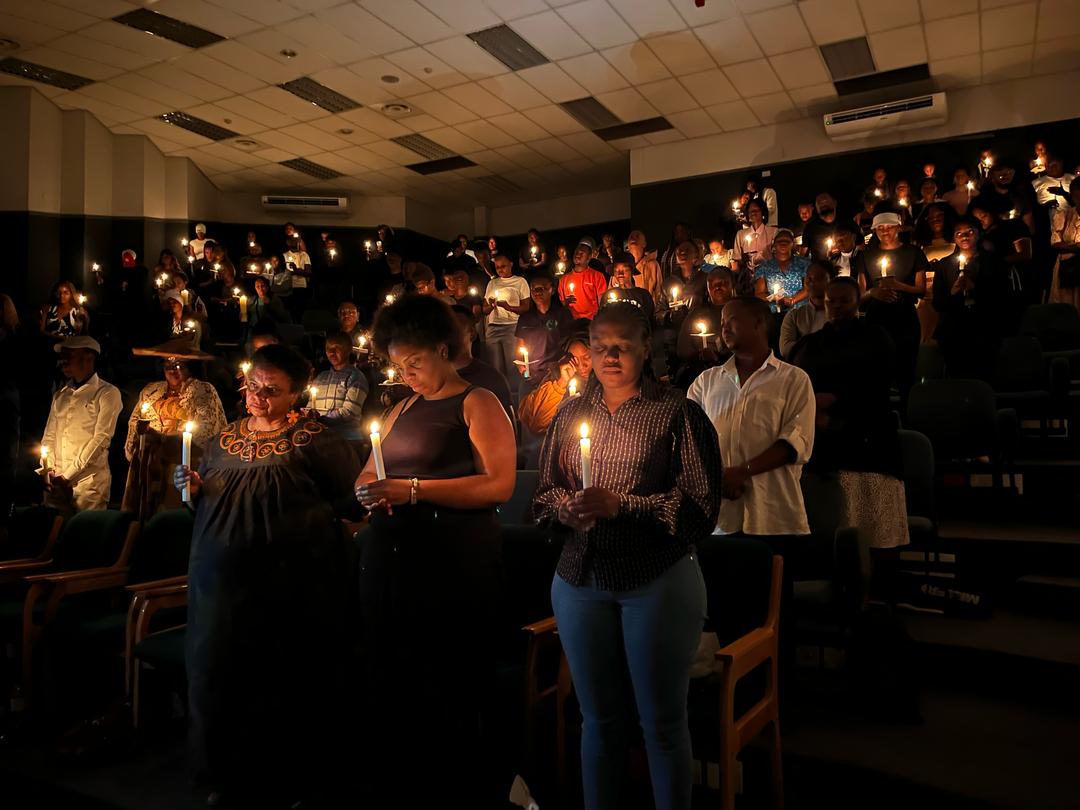According to the Organisation for Economic Co-operation and Development (OECD), Namibia has received a total of US$7.8 billion in real foreign aid since independence (inflation-adjusted, 2022 prices).
This aid refers specifically to financial flows from members of the Development Assistance Committee – primarily major donors within the OECD and European Union institutions. They are concessional in nature, with a grant element of at least 10-45%, depending on the type of loan and the recipient country.
The United States (US) has been the world’s largest donor, with advocates of foreign assistance frequently citing the success of initiatives such as the US President’s Emergency Plan for AIDS Relief and the US Agency for International Development (USAID). However, following the Trump administration’s announcement of a near-total freeze on foreign aid in early 2025, HIV-AIDS relief programmes face severe disruptions, with treatment access for over 20 million people globally at risk.
In Namibia, perceptions of the government’s handling of basic health services appear to correlate with the volume of foreign aid received. In 2012, just 24% of Namibians reported dissatisfaction with healthcare progress – the lowest figure across 10 Afrobarometer survey rounds since 1999 – during a period when real foreign aid consistently hovered around US$300 million per year.
However, as annual aid flows declined
to approximately US$150-200 million between 2015 and 2021, dissatisfaction rose steadily in each subsequent survey round. Over this period, the number of annual deaths from HIV-AIDS also increased – rising from a low of 3 875 deaths in 2013 to over 4 000 annually in each of the next five years that followed, peaking at 4 206 in 2015 (according to the Institute for Health Metrics and Evaluation: Global Burden of Disease). By 2021 – just prior to a temporary uptick in real aid disbursements in 2022 – over half of Namibians ex- pressed dissatisfaction with healthcare progress. This figure climbed further in 2024, reaching 59%, the highest level recorded across all survey rounds. Namibia remains heavily reliant on foreign aid, particularly for healthcare delivery, and the freezing of USAID sup- port poses challenges to programme continuity.
President Netumbo Nandi-Ndaitwah has asserted that Namibia has developed sufficient internal capacity to maintain its programmes despite the freeze, citing progress in the management of HIV-AIDS.
While the extent of the impact of US- AID freezing on Namibia is uncertain, Namibia has encouragingly seen the number of HIV-related deaths – along with new HIV infections – decelerate sharply in recent years. The percentage of the population aged 15-49 living with HIV is also now significantly lower than it was in the 1990s and 2000s, suggesting solid progress over the long run.
Stay informed with The Namibian – your source for credible journalism. Get in-depth reporting and opinions for
only N$85 a month. Invest in journalism, invest in democracy –
Subscribe Now!










